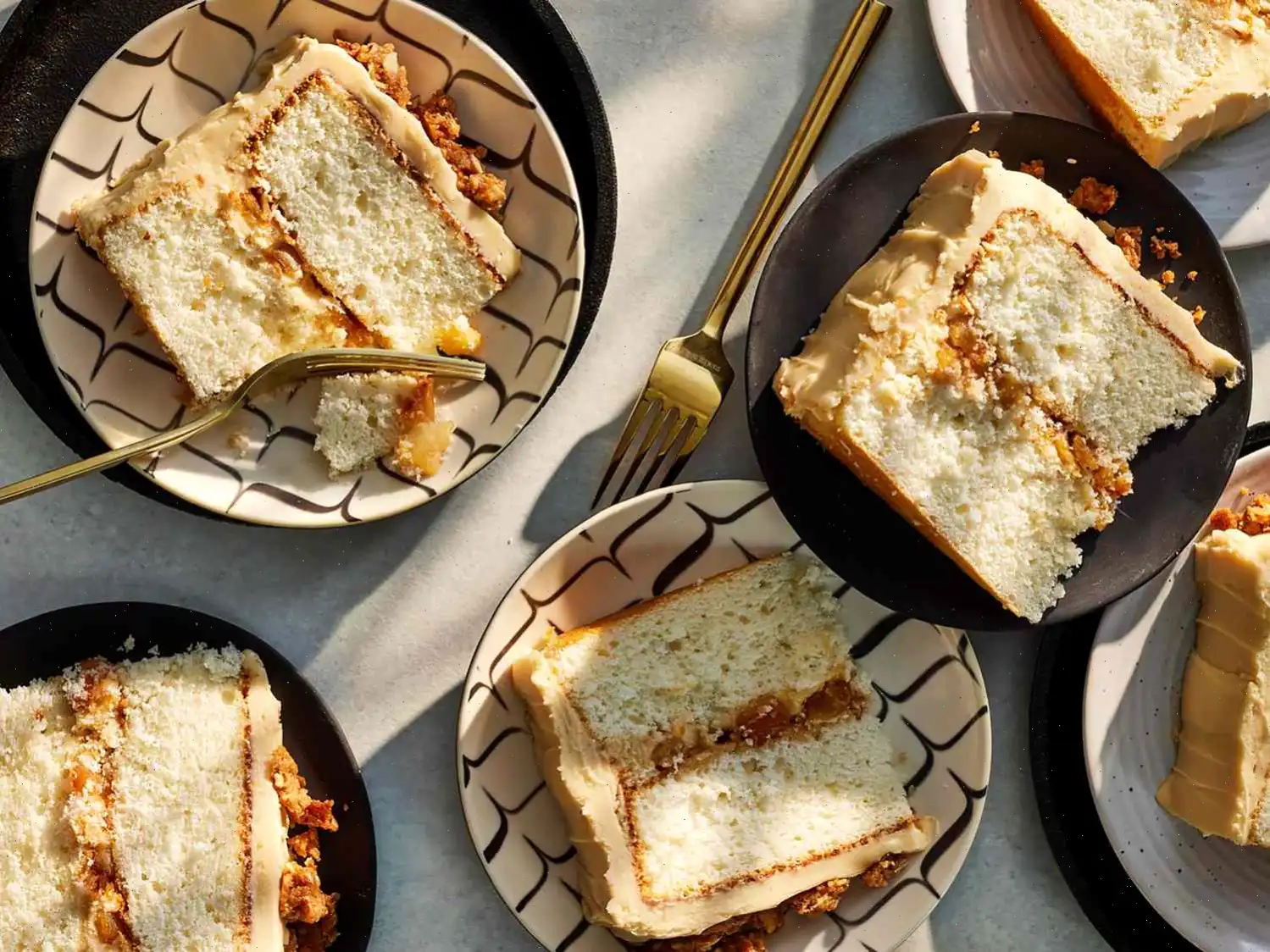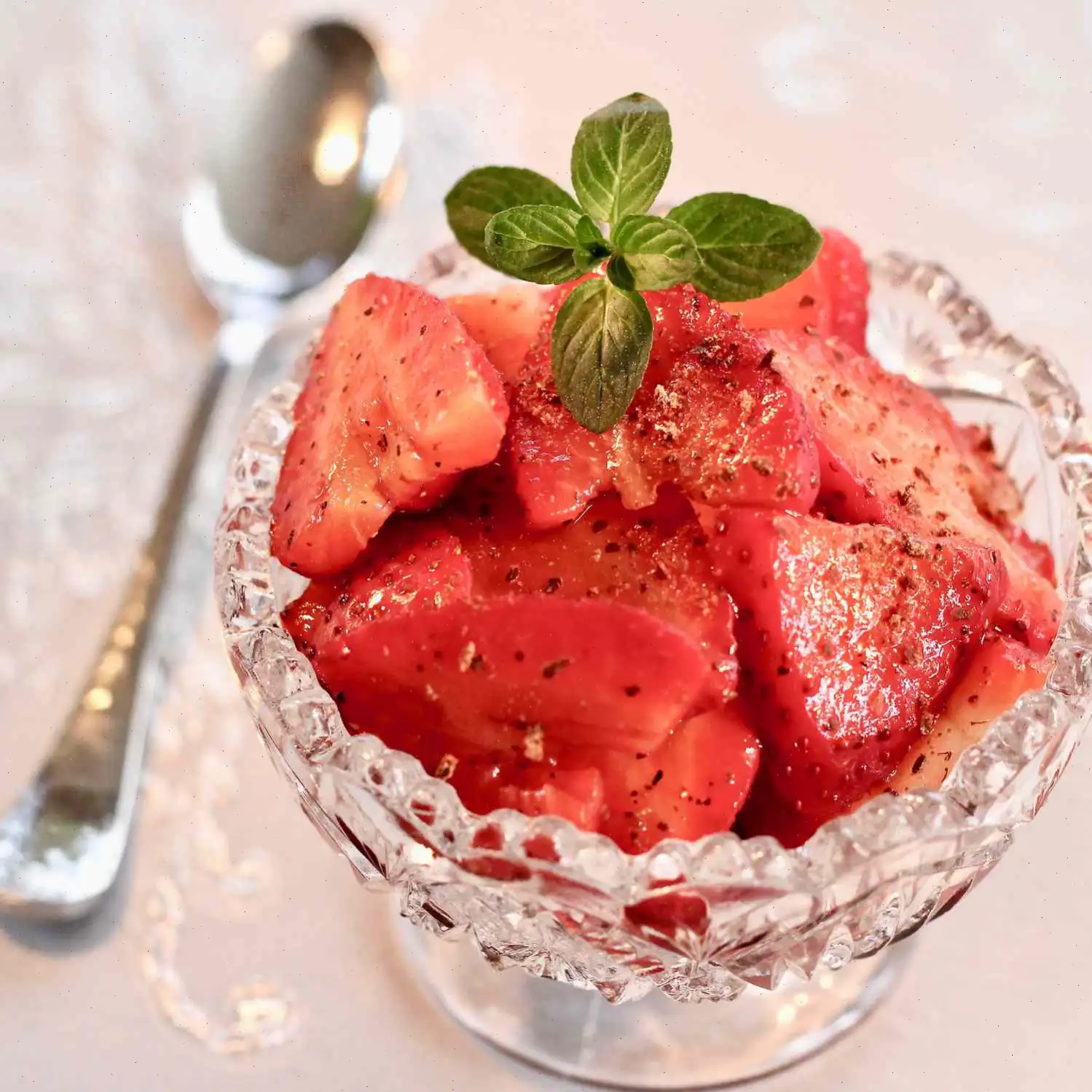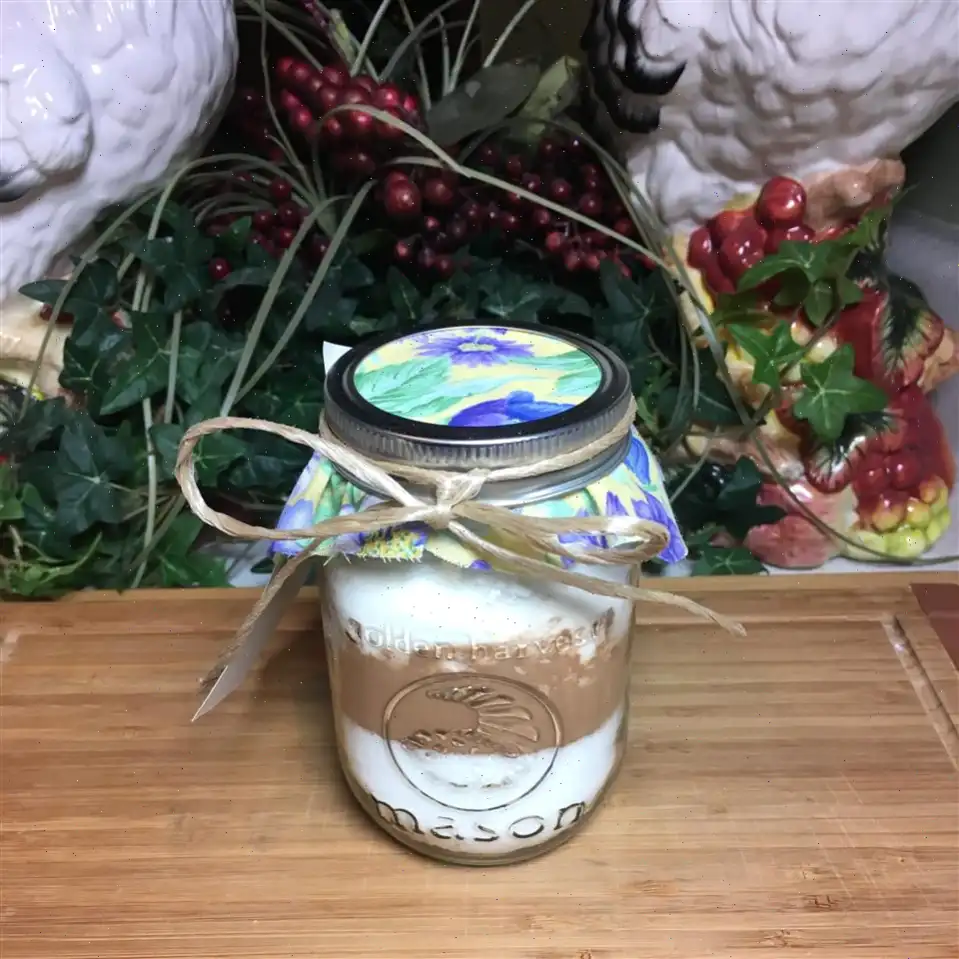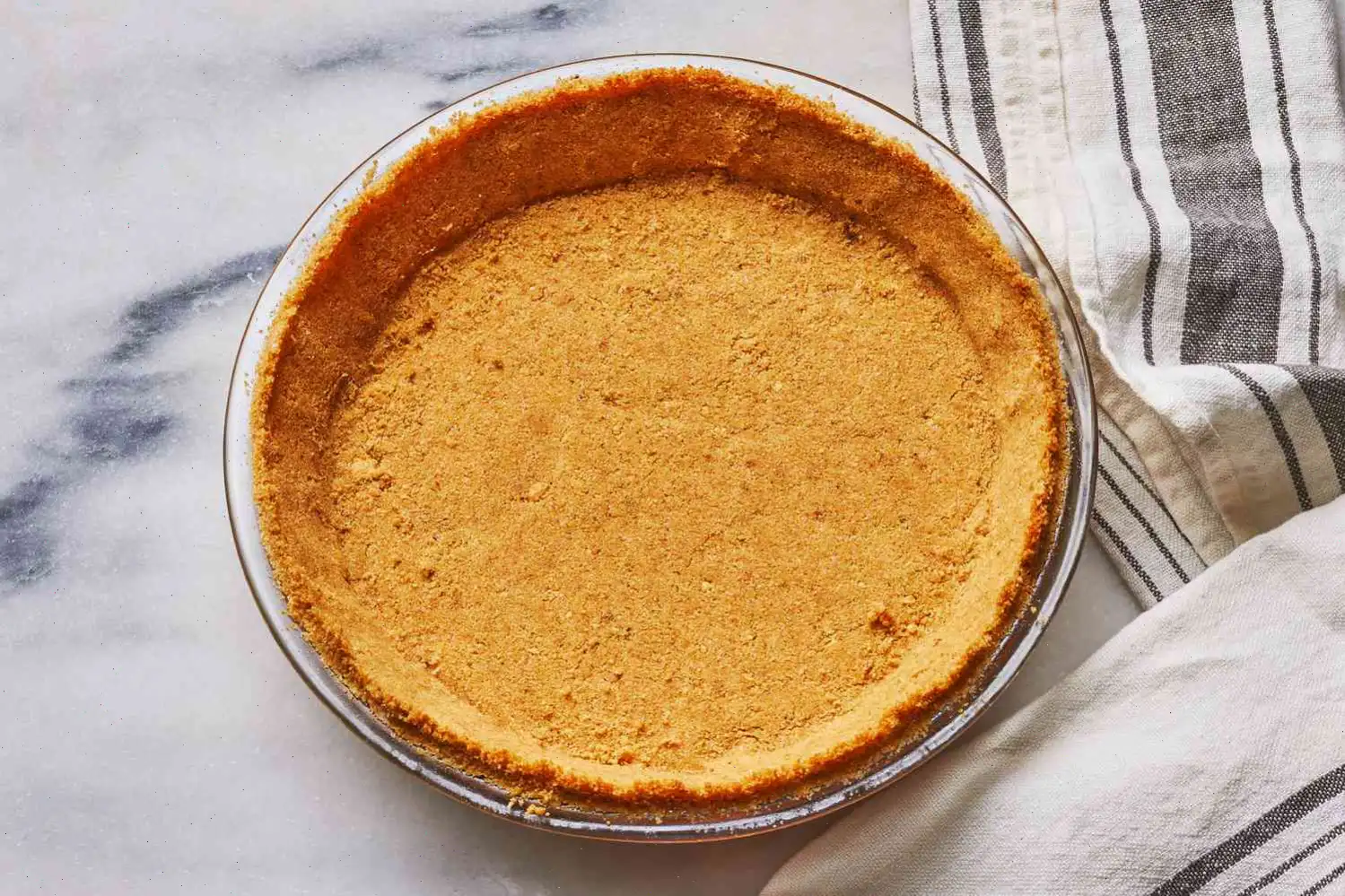
Zwetschgendatschi (German Plum Sheet Cake) Recipe
Plum Cake Recipe
Ingredients
- 4 cups all-purpose flour
- 4 teaspoons baking powder
- 1 cup white sugar
- 2 teaspoons vanilla sugar
- 2 pinches salt
- 1 cups unsalted butter, room temperature and cut into chunks
- 2 large eggs
- 2 pounds Italian prune plums, halved and pitted
- 2 tablespoons white sugar
- 1 teaspoon ground cinnamon
- 2 tablespoons unsalted butter, room temperature and cut into chunks
- 1 tablespoon sliced almonds (optional)
Directions
Step 1: In a large bowl, combine the flour and baking powder. Add the white sugar, vanilla sugar, and salt. Mix well.
Step 2: Incorporate the butter and eggs into the mixture. Knead until a smooth dough forms.
Step 3: Shape the dough into a ball, flatten it slightly, cover it, and refrigerate for 1 hour or up to overnight.
Step 4: Preheat the oven to 350F (175C). Grease a baking sheet with butter.
Step 5: Cut the halved plums in half again, but dont cut all the way through, leaving them slightly attached so they fan out.
Step 6: Roll the dough out on a lightly floured surface. Line the bottom and sides of the prepared baking sheet with the dough.
Step 7: In a small bowl, mix together the 2 tablespoons of sugar and ground cinnamon.
Step 8: Arrange the plums on top of the dough, placing them side by side. Small plums can overlap slightly.
Step 9: Dot the plums with 2 tablespoons of butter and sprinkle with the cinnamon sugar mixture. Optionally, add sliced almonds on top.
Step 10: Bake in the preheated oven for 30 to 40 minutes, or until the pastry crust is lightly golden brown.
Step 11: Remove from the oven and allow the cake to cool. Once cooled, cut into squares.
Step 12: Serve warm or at room temperature.
Cook's Note
The dough may seem dry and a bit crumbly, but dont worry it bakes perfectly and complements the juicy plums. If the dough crumbles, simply press it back together before baking.
Nutrition Facts (per serving)
- Calories: 381
- Total Fat: 18g (23% Daily Value)
- Saturated Fat: 11g (55% Daily Value)
- Cholesterol: 68mg (23% Daily Value)
- Sodium: 153mg (7% Daily Value)
- Total Carbohydrate: 51g (18% Daily Value)
- Dietary Fiber: 2g (7% Daily Value)
- Total Sugars: 21g
- Protein: 5g (11% Daily Value)
- Vitamin C: 6mg (7% Daily Value)
- Calcium: 88mg (7% Daily Value)
- Iron: 2mg (12% Daily Value)
- Potassium: 157mg (3% Daily Value)
Zwetschgendatschi is a beloved dessert originating from Bavaria, Germany. This traditional German plum sheet cake is made with a rich shortcrust pastry topped with ripe, juicy Italian prune plums. It is often served with a dollop of sweetened whipped cream, making it the perfect treat to enjoy during the autumn months when plums are in season.
History of Zwetschgendatschi
Zwetschgendatschi has its roots in the southwestern regions of Germany, particularly Bavaria, where it is considered a regional specialty. The cake's name comes from "Zwetschgen," which refers to the type of plum used in the recipe, and "Datschi," a Bavarian term for cake. Historically, Zwetschgendatschi was a simple yet delicious way for Bavarian farmers to use the abundant plums that grew in the region's orchards. Over time, the recipe has remained largely unchanged, with only minor variations, such as adding streusel or different spices, depending on local preferences.
Regional Variations
Though Zwetschgendatschi is widely enjoyed throughout Germany, it is particularly popular in Bavaria, where plums grow in abundance. In some regions, the cake is served with a sweet, buttery streusel topping, which adds a delightful crunch to contrast with the soft plums. In others, a sprinkling of cinnamon sugar and sliced almonds is used to enhance the cake's flavor. The traditional method of preparation involves using Italian prune plums, which are small, oval-shaped, and have a deep purple skin, adding both flavor and a beautiful color to the finished cake.
How It Differs from Similar Desserts
Zwetschgendatschi is often compared to other European fruit cakes, such as the French tarte aux prunes or the Austrian Zwetschkenkuchen. However, what sets it apart is the use of a shortcrust dough that provides a crisp base, contrasting beautifully with the tender plums. While many fruit cakes use spongy cake layers or a buttery pastry, Zwetschgendatschi maintains a firmer, crisp texture, which enhances the fruity filling. The addition of cinnamon sugar and almonds also offers a unique twist not found in all fruit-based cakes.
Where Its Typically Served
Zwetschgendatschi is a popular dessert in German bakeries, especially in the fall when plums are in season. It is often enjoyed as a sweet snack during coffee breaks, particularly in the afternoon. In Bavaria, the cake is a staple at festive gatherings, family reunions, and even local fairs. It can also be found at many traditional German restaurants, where it is frequently paired with a cup of freshly brewed coffee or a glass of local wine. The cake's simplicity and delicious flavor make it a perfect addition to any casual or special occasion.
Interesting Facts About Zwetschgendatschi
- In Bavaria, the cake is often made with plums that are grown locally, particularly the Italian prune plum, which is renowned for its rich flavor.
- The shortcrust dough used in Zwetschgendatschi is not overly sweet, which allows the natural sweetness of the plums to shine through. It is also often less crumbly than other fruit cake doughs.
- Traditionally, Zwetschgendatschi is served with sweetened whipped cream or sometimes vanilla ice cream, providing a creamy contrast to the tart plums.
- It is a perfect example of a dish that has been passed down through generations, often prepared in family kitchens as a way to celebrate the harvest season.
- While Zwetschgendatschi is enjoyed throughout Germany, its popularity is especially pronounced in Bavarian rural areas, where the fruit is abundant, and simple, hearty desserts are a tradition.








